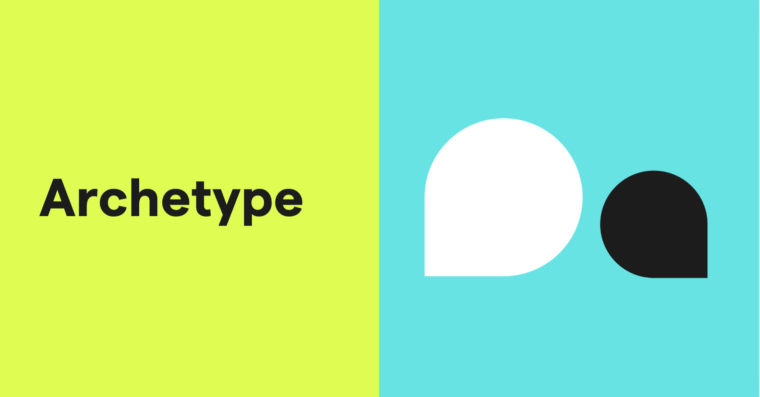
The English language is great at recycling words. For example, think about the verb “to lose.” One can lose a pair of car keys, lose a game, or lose one’s patience. In all three instances the verb lose takes on a slightly different meaning, depending on what was lost. Zeugma is a rhetorical device that takes advantage of these ambiguities for literary effect.
In creative writing, zeugma can create interesting juxtapositions, unexpected connections, and moments of humor.
What is a zeugma?
A zeugma is a rhetorical device in which a single word, often a verb, governs two or more words, even though it may not grammatically or logically apply to both. For example, consider this sentence:
The family trip was so hectic that by the end Lola had lost her patience and her car keys.
The phrase “lost her patience and her car keys” is a zeugma. Losing one’s patience is a figure of speech, while losing one’s car keys is a physical act of misplacement. Typically these two phrases would appear in separate sentences. By smashing them together in a zeugma, the writer gives the reader a sense of Lola’s frantic trip.
When to use a zeugma
Zeugma is pronounced ZOOG-muh, with the first syllable sounding like the place that you’d visit exotic animals. The plural of zeugma is zeugmas.
Now that you know how to spot it and say it, when should you use it in your writing?
To add flourish: The unconventional use of a word can cause a reader to pause and consider the sentence more carefully. It can also be a subtle show of your writing skill, since using it requires understanding the rules and the flexibility of the English language.
To create emphasis: By linking two ideas with one word, a zeugma can stress connections between them.
To lighten a situation: Zeugmas are often used for comedic effect. Oftentimes this works by contrasting a highly conceptual or figurative word with a literal one. The starker the contrast, the more impact the zeugma will have comedically.
Because zeugmas rely on unusual—or awkward—phrasing, they should be used sparingly. Zeugmas should be used to generate a specific effect, such as drama or humor. They shouldn’t be relied on to cut down word counts or to make a sentence more concise, even though they do both of those things.
For example, think about this sentence:
She left the groceries on the counter and her old life behind her.
If the scene is meant to describe the moment a woman walked out on a broken marriage, then the groceries on the counter have the effect of showing how quickly it all happened—she didn’t even have time to unpack the groceries.
On the other hand, if the woman has been divorced for many years and leaves the groceries on the counter while she goes out to walk her dog, the two ideas don’t have enough connective tissue to make sense as a zeugma. In this case, the brevity of zeugma doesn’t have a useful effect on the reader; it simply creates a confusing situation.
How to create a zeugma
As long as you know what feeling you are trying to convey to your reader, creating a zeugma is a matter of playing around with words and concepts.
1 Think about the effect or sensation you want to describe.
2 Pick a single governing word from your various phrases that can string two different ideas together.
3 Make sure the verb or noun grammatically fits with only one of the words or clauses. There should be a slight tension because the verb doesn’t quite fit logically with both nouns.
4 Decide which order you want your words to appear in.
Generally, zeugmas are created by placing the more logical or straightforward word first and the more nontypical or figurative word second.
After the long argument, he was still on her couch and her nerves.
The opposite order, with the more figurative usage first and the more literal usage second, creates a lighter, or more humorous, effect.
After the long argument, he was still on her nerves and her couch.
The key principle is to yoke together two brief yet vivid elements using a single “incorrect” verb or noun for literary effect.
Zeugma vs. syllepsis
A syllepsis is a specific kind of zeugma and can be used as a synonym for zeugma; a syllepsis is a figure of speech where a word is applied to two other words with different meanings, for example: She caught the ball and a sharp look from the coach. A syllepsis can also mean when a word is used for two things when grammatically it only applies to one, for example: Neither he nor they were dancing.
Zeugma examples
“They sought it with thimbles, they sought it with care; / They pursued it with forks and hope.” —Lewis Carroll, The Hunting of the Snark
“When she arrived later in the day, she took the point at once, but she also took the spoons.” —J. R. R. Tolkien, The Fellowship of the Ring
“They covered themselves with dust and glory.” —Mark Twain, The Adventures of Tom Sawyer
“[H]e was alternately cudgeling his brains and his donkey, when, passing the workhouse, his eyes encountered the bill on the gate.” —Charles Dickens, Oliver Twist
“We were partners, not soul mates, two separate people who happened to be sharing a menu and a life.” —Amy Tan, The Hundred Secret Senses
Zeugma FAQs
What is a zeugma?
A zeugma is a rhetorical device that links two words or phrases using a word that fits grammatically or logically with only one.
How is zeugma pronounced?
Zeugma is pronounced ZOOG-muh, with the stress on the first syllable.
How does it work?
A zeugma works by using a single verb or noun to govern two other parts of a sentence, even though it doesn’t truly make sense with both. This slight tension causes the reader to pause and can create a concise moment of drama or humor.






